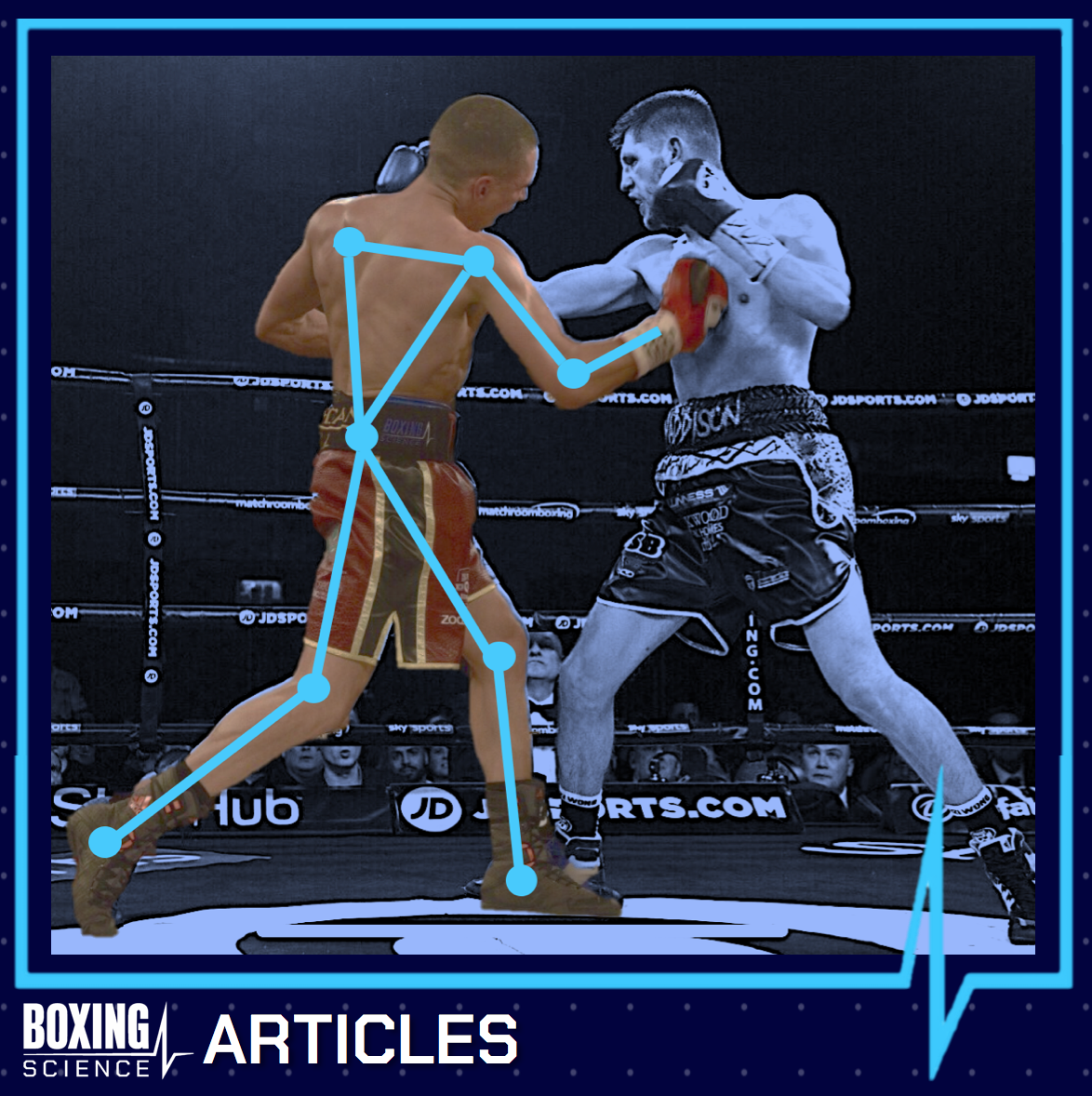windwalker099
Master Black Belt
There is the concept of "impulse" which is the momentum transfer into the target, it is the integral of force over "contact time". Unless your body is begind, you might get a weak impulse but with high peak force.
So we have two parameters.
- PEAK force
- Total energytransfer (or impulse)
View attachment 32634
Waves, also another way of transferring momentum..
@PhotonGuy
It works like this, the faster your hand or foot goes the harder it will hit, that's quite obvious. Just like how in Baseball a fastball pitch is going to hit the catcher's glove harder than a curve ball. Why? Because the fastball is faster than the curveball, therefore it hits harder when it lands in the catcher's glove. By the same concept the faster your punch or kick goes the harder it will hit when it hits your opponent, so speed is power.
Feel it depends on the method used for momentum transfer, how the momentum is transferred,
and what is interacting during the transfer.
This characteristic of a wave as an energy transport phenomenon distinguishes waves from other types of phenomenon.
"This characteristic of a wave as an energy transport phenomenon distinguishes waves from other types of phenomenon. Consider a common phenomenon observed at a softball game - the collision of a bat with a ball. A batter is able to transport energy from her to the softball by means of a bat.
The batter applies a force to the bat, thus imparting energy to the bat in the form of kinetic energy. The bat then carries this energy to the softball and transports the energy to the softball upon collision. In this example, a bat is used to transport energy from the player to the softball."
Last edited:


